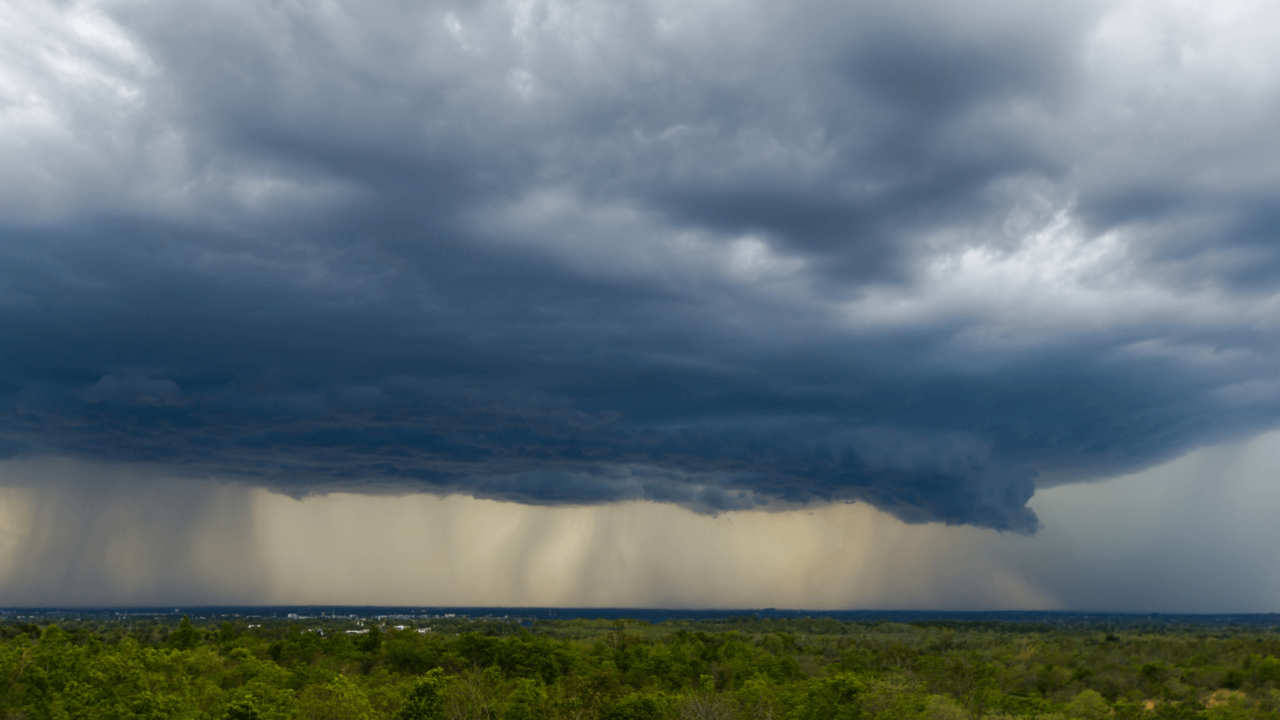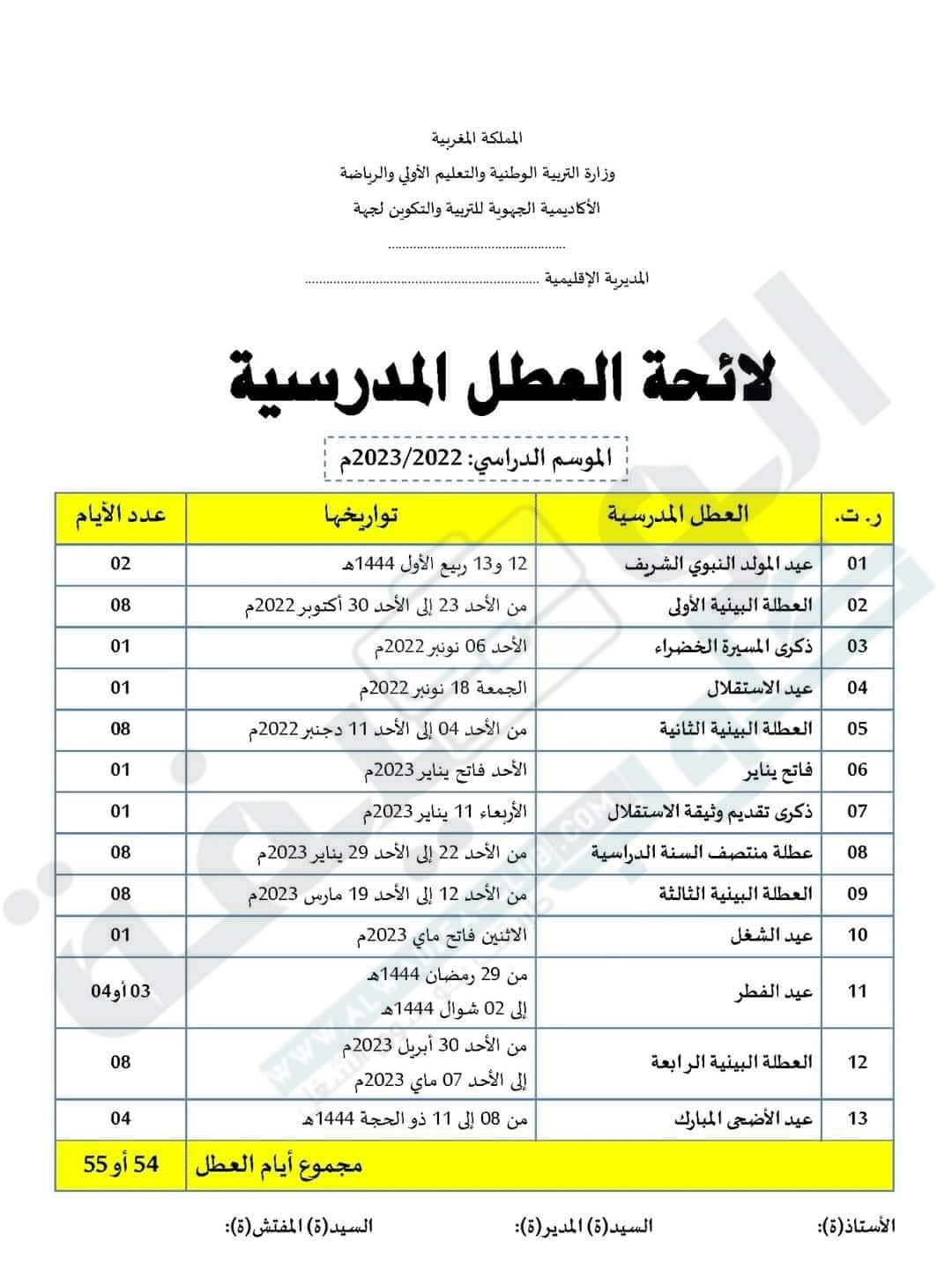High Winds And Fast-Moving Storms: Safety Tips And Precautions

Table of Contents
Before the Storm: Preparation is Key
Proactive preparation is crucial for minimizing the impact of high winds and fast-moving storms. Taking steps before the storm hits can significantly reduce damage and protect your family.
Securing Your Home and Property
Your home and property are vulnerable to significant damage during severe weather. Here's how to protect them:
- Bring loose objects inside: Furniture, toys, tools, debris, anything that could become a projectile in high winds should be brought indoors. This includes lightweight outdoor décor and potted plants.
- Trim trees and shrubs: Remove any dead, weak, or overhanging branches that could fall and damage your home or power lines. Regular tree maintenance is a vital part of storm preparedness.
- Secure outdoor items: Garbage cans, grills, lawn furniture, and other outdoor items should be securely stored or tied down. Consider using straps or weights to prevent them from blowing away.
- Protect your windows: Board them up or use storm shutters to prevent shattering. Applying a protective film to your windows can also mitigate damage. Strengthening your windows before the storm season starts is a worthwhile investment.
- Park your car in a garage or away from trees and power lines: Protecting your vehicle from falling debris is essential.
Creating an Emergency Plan
A well-defined emergency plan is critical for a safe and swift response during and after a high-wind event.
- Develop a communication plan: Identify a meeting place and assign contact information for family members. Consider having out-of-state contact for communication reliability during widespread outages.
- Gather emergency supplies: Stockpile water (one gallon per person per day for several days), non-perishable food, a well-stocked first-aid kit, necessary medications, a flashlight, plenty of batteries, and a battery-powered radio.
- Charge all electronic devices: Ensure your phones, tablets, and other devices are fully charged before the storm hits. Consider having portable power banks.
- Know your evacuation routes: Familiarize yourself with local evacuation plans and routes. Identify alternate routes in case primary roads are blocked.
- Stay informed: Monitor weather reports and warnings from reliable sources such as the National Weather Service or your local news. Sign up for emergency alerts on your phone.
During the Storm: Staying Safe
Your actions during a high wind and fast-moving storm are critical to your safety.
Staying Indoors
If you're indoors when a storm hits, your priority is to stay safe and secure.
- Stay away from windows: Avoid windows and glass doors to minimize the risk of injury from flying debris.
- Move to an interior room on the lowest level of your home: This offers the best protection from strong winds and potential damage.
- Avoid using electronic devices unless necessary: Limit your use of electronics to preserve battery life and avoid potential hazards from power surges.
- Listen for weather updates: Stay informed about the storm's progression through your battery-powered radio or a weather app.
If You're Caught Outside
Being caught outdoors during a high-wind storm is extremely dangerous.
- Seek immediate shelter: Find sturdy shelter immediately. Avoid seeking shelter under trees or near power lines. A low-lying area can offer some protection.
- If in a vehicle, pull over to a safe location away from trees and power lines: Do not leave your vehicle unless absolutely necessary.
- If caught in the open, find a low-lying area and protect your head: Crouch low to the ground, protecting your head and neck from flying debris.
After the Storm: Assessing the Damage and Recovery
Once the storm passes, careful assessment and recovery are crucial.
Assessing the Damage
After the high winds subside, carefully assess the damage to your home and property.
- Check for structural damage to your home: Inspect your roof, walls, and foundation for cracks, damage, or loose materials.
- Inspect for downed power lines—avoid contact at all costs: Downed power lines are extremely dangerous. Keep a safe distance and report them immediately to the authorities.
- Be aware of potential hazards like debris, broken glass, and flooded areas: Wear appropriate protective gear when inspecting your property after the storm.
Reporting Damage and Seeking Assistance
Following a high-wind event, reporting damage and seeking assistance may be necessary.
- Report damage to your insurance company: Document the damage with photos and videos as soon as possible.
- Contact local authorities to report downed power lines or other hazards: This ensures the safety of your community and helps expedite repairs.
- Seek assistance if you need help with cleanup or repairs: Don't hesitate to ask for help from friends, family, or professional contractors.
Conclusion
High winds and fast-moving storms present significant dangers. By following these safety tips and precautions, you can significantly minimize the risks associated with these severe weather events. Remember to prepare beforehand, stay informed during the storm, and take necessary precautions after the storm passes. Being prepared is the best way to protect yourself, your family, and your property from the destructive power of high winds and fast-moving storms. Take action today and create your emergency plan for high winds and fast-moving storms!

Featured Posts
-
 Analysis Tony Hinchcliffes Unpopular Wwe Appearance
May 21, 2025
Analysis Tony Hinchcliffes Unpopular Wwe Appearance
May 21, 2025 -
 The Future Of American Manufacturing Will Trumps Plan Work
May 21, 2025
The Future Of American Manufacturing Will Trumps Plan Work
May 21, 2025 -
 Alnwab Yqrwn Mkhalfat Dywan Almhasbt Tqryran 2022 W 2023
May 21, 2025
Alnwab Yqrwn Mkhalfat Dywan Almhasbt Tqryran 2022 W 2023
May 21, 2025 -
 Why Gen Z Is Obsessed With Little Britain Despite Cancellation
May 21, 2025
Why Gen Z Is Obsessed With Little Britain Despite Cancellation
May 21, 2025 -
 Goretzka In Germanys Nations League Squad Nagelsmanns Selection
May 21, 2025
Goretzka In Germanys Nations League Squad Nagelsmanns Selection
May 21, 2025
